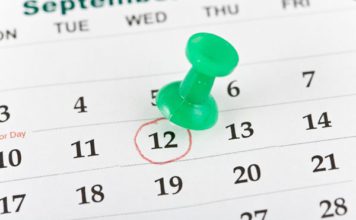To everything, turn, turn, turn,
There is a season, turn, turn, turn,
And a time for every purpose under heaven….
~ Peter, Paul, and Mary, from Ecclesiastes
To everything, turn, turn, turn,
There is a season, turn, turn, turn,
And a time for every purpose under heaven….
~ Peter, Paul, and Mary, from Ecclesiastes
Homeschooling changes with the gradual maturation of one’s child. The younger homeschooler, age 6 to 12, has a lot of fun. He does a little reading, an hour of math, a little writing every day, but the rest of his time is his own: he plays with other kids, or practices archery, or draws, or climbs trees, according to his desire. He goes on a lot of field trips to places of historical, scientific, or artistic interest, such as Fort Ross, the Exploratorium, or a blue grass festival.
At 12, he begins switching gears, taking on some more difficult subjects: logic, algebra, grammar. Our eldest, Nick, like many a homeschooled eldest, complained bitterly about this transition, as he saw his younger siblings still having fun in Miquon math while he slaved in Saxon.
I learned that I could decrease my children’s tendency to complain by giving them choices: does he want to learn Latin or Spanish? Architecture or visual basic or ham radio? Piano or drums? Take chemistry at home or in a co-op or at the community college? If a child decides that he wants to do one thing rather than another, he is less likely to complain about it.
Anne is switching gears now, at age 13. I teach her and two classmates Algebra II. She takes English language and composition in her rhetoric class of 15; they’re doing world lit this year, and have read the Odyssey and parts of St. Augustine, Job, Machiavelli, and Don Quixote so far. She and I are studying the history of the Renaissance and Reformation; her dad and she are working on her French pronunciation, both very desultorily.
The big question for the year was what to do for science. Anne, however, had a definite opinion: she wanted to study nature science for another year. Our current nature co-op, now in its third year, consists of six women and 17 children, ages 5 to 17, plus two babies.
Co-op meets Tuesdays, near a cabin in a grove of redwood, buckeye, and bay laurel. During our current session, the kids have been constructing shelters out of natural materials. The idea was that they would hold a sleep-over in their shelters on Thursday, as Friday is a light day for all of them.
But when we met Tuesday, Carol told us that rain was forecast for Thursday. She wanted to hold the sleepover that very night. A lively discussion ensued. Most of the kids are under 12, still very flexible in when and how they get their school work done. But several of the older ones, including Anne, had essays to write and type. Chris had a geometry final the next day. I had classes to teach and a column to write.
Spontaneity won. The kids raced out and worked on their shelters furiously. The moms got sleeping bags and food for our ladies‚ (and smallest children) sleepover in the cabin.
As darkness fell, Carol and I took a hike around the property to see the shelters. All the kids were cheerful and busy. All the shelters looked serviceable and unique.
The kids drifted back to the cabin and built fires in the barbecue pit to heat water. They slurped their Top Ramen and munched their jerky. By ten o’clock, when we took another prowl around, they were cuddled up in their shelters, playing cards and talking.
The temperature dropped. By midnight, one group came in, to sleep on the floor in sleeping bags. Another group came in at 2 a.m., and another at 3 a.m.. Anne and two teenaged girls stayed out the longest, staggering in at 5 a.m. to nap by the dying fire for a couple of hours before breakfast.
Anne dozed through algebra class. She had trouble keeping her eyes open for rhetoric. Her essay will be late. She slept all afternoon. But it is her last year in nature science. And a first-hand knowledge of the radiation, convection, and conduction modes of heat transfer is something she will remember always.














